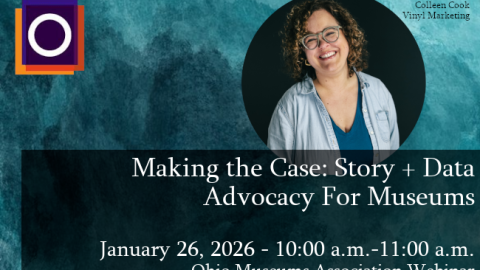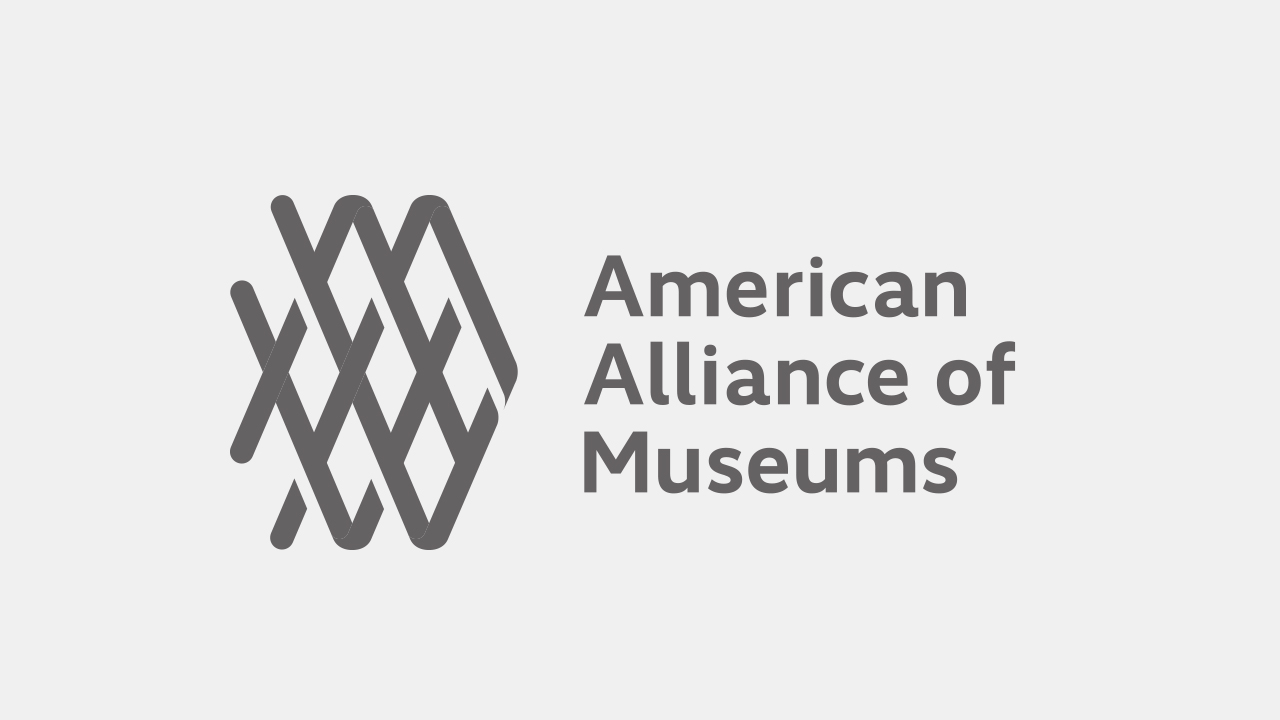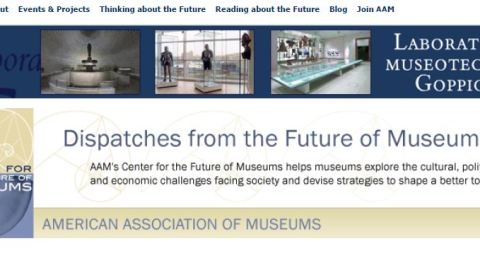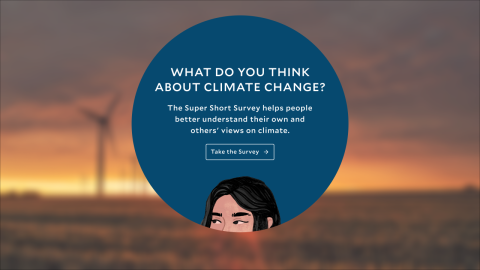For this week’s suggested reading we bring you the Horizon Report: Museum Edition. Released at the MCN Conference this past November, this report examines emerging technologies for museum education and interpretation. I encourage everyone to take a moment to read at least the executive summary for this year’s report, it’s an accessible overview of how museums are currently, and can in the future, use these technologies.
What is perhaps most gratifying in reading these trends is seeing how many have been popping up in the blog over the past year. You just need to read Perian Sully’s post on the Balboa Park Online Collaborative’s new image uploader and Elissa Frankle’s post on Citizen History at the United States Holocaust Memorial Museum to get a sense of how some museums are using these technologies.
Take a moment to compare the top six to watch over the next five years to what was suggested in last year’s report.
|
|
2010Horizon Report
|
2011Horizon Report
|
|
Near-termhorizon (within the next 12 months)
|
Mobiles
|
MobileApps
|
|
|
SocialMedia
|
Tablets
|
|
Mid-termhorizon (two to three years out)
|
AugmentedReality
|
AugmentedReality
|
|
|
Location-basedServices
|
ElectronicPublishing
|
|
Far-termhorizon (four to five years out)
|
Gesture-basedComputing
|
DigitalPreservation
|
|
|
TheSemantic Web
|
SmartObjects
|
It’s interesting to see how technology trends for museums, have shifted and what has come up on top. Mobiles and mobile apps are so closely connected, though now with all the abilities in location awareness (think about programs like Google Latitude where you can track the location of your friends at any moment), museums are able to tailor apps to visitor-specific locations. The Horizon Report uses the Balboa Park’s Mobile Apps and the National September 11th Memorial and Museum as examples of institutions that have begun to take advantage of the possibilities.
Another piece that intrigued me was the shift in the top “significant challenge” facing museums in adopting these technologies.
2010:
Far too few museums are crafting a following a comprehensive strategy to ensure that they can keep pace with even the most proven technologies.
2011:
Content production has failed to keep up with technology in an era when audiences expect to consume information whenever and wherever they want.
It appears that in 2011 it became more about the visitor than specifically about the museum.
My questions to you, readers:
What are your thoughts? Do you agree with the top six technologies to watch over the next five years? What do you think is going to show up in 2012? And finally, do you think that the advisory board chose the correct top challenge facing museums?






